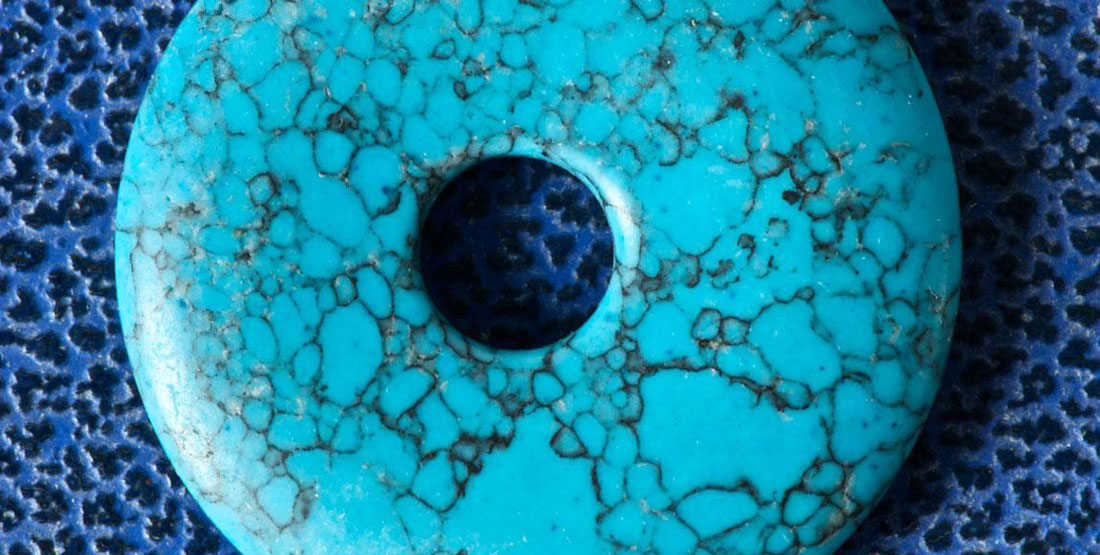December: Month of Turquoise
History of turquoise
Since about 6,000 B.C. when it was first mined by the Egyptians, turquoise has been one of the most valuable opaque minerals in the jewelry business. Native Americans and Persians also valued it for its decorative and ornamental beauty. The Navajo believe that turquoise is a part of the sky that fell to Earth.
Science of turquoise
Turquoise is composed of hydrated copper and aluminum phosphate. It forms when circulating water alters other aluminum-rich rocks in desert environments. Turquoise has a slightly waxy appearance and can range in color from blue to shades of green and yellowish gray. The most valued color of turquoise, though, is the beautiful greenish-blue that contrasts so nicely with precious metals such as silver.
Alternate
Alternate birthstones for December are zircon and blue topaz.

